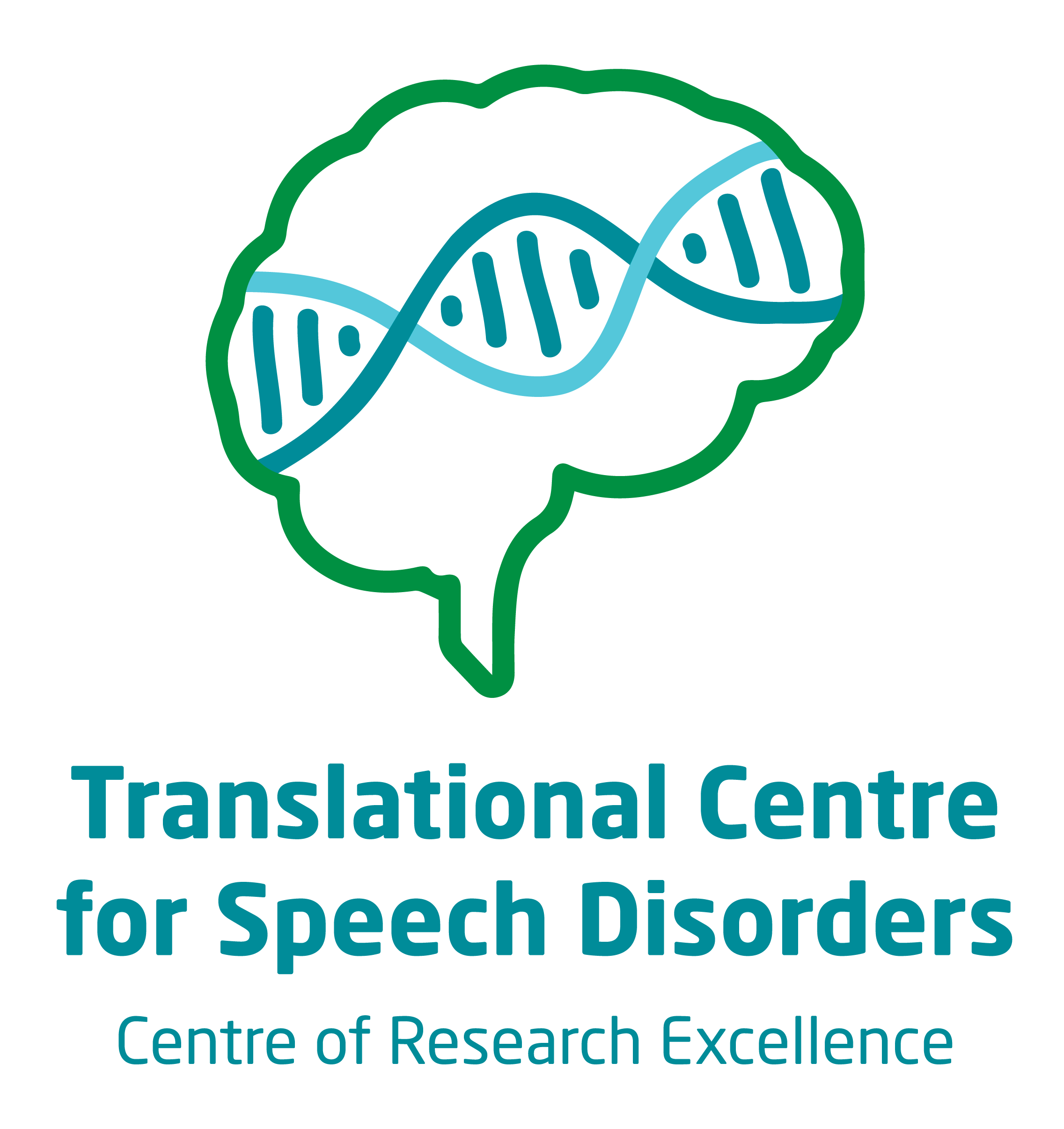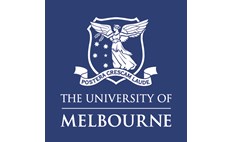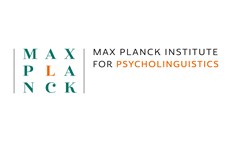Our Childhood Apraxia of Speech Research
- Alawadhi, A., Morgan, A. T., Mucha, B. E., Scheffer, I. E., & Myers, K. A. (2021). Self-limited focal epilepsy and childhood apraxia of speech with WAC pathogenic variants. European Journal of Paediatric Neurology, 30, 25-28.
- Chenausky, K. V., Brignell, A., Morgan, A., Gagné, D., Norton, A., Tager-Flusberg, H., ... & Green, J. R. (2020). Factor analysis of signs of childhood apraxia of speech. Journal of communication disorders, 87, 106033.
- Fedorenko, E., Morgan, A., Murray, E., Cardinaux, A., Mei, C., Tager-Flusberg, H., ... & Kanwisher, N. (2016). A highly penetrant form of childhood apraxia of speech due to deletion of 16p11. 2. European Journal of Human Genetics, 24(2), 302-306.
- Frédérique J Liégeois, Samantha J Turner, Angela Mayes, Alexandra F Bonthrone, Amber Boys, Libby Smith, Bronwyn Parry-Fielder, Simone Mandelstam, Megan Spencer-Smith, Melanie Bahlo, Tom S Scerri, Michael S Hildebrand, Ingrid E Scheffer, Alan Connelly, Angela T Morgan, Dorsal language stream anomalies in an inherited speech disorder, Brain, Volume 142, Issue 4, April 2019, Pages 966–977, https://doi.org/10.1093/brain/awz018
- Khan, K., Zech, M., Morgan, A.T., Amor, D.J., Skorvanek, M., Khan, T.N., et al. (2019). Recessive variants in ZNF142 cause a complex neurodevelopmental disorder with intellectual disability, speech impairment, seizures, and dystonia. Genetics in Medicine, 21(11), 2532-2542.
- Liégeois, F. J., & Morgan, A. T. (2012). Neural bases of childhood speech disorders: lateralization and plasticity for speech functions during development. Neuroscience & Biobehavioral Reviews, 36(1), 439-458.
- Liégeois, F., Mayes, A. & Morgan, A. Neural Correlates of Developmental Speech and Language Disorders: Evidence from Neuroimaging. Curr Dev Disord Rep1, 215–227 (2014). https://doi.org/10.1007/s40474-014-0019-1
- Liegeois, F., Morgan, A.T., Connelly, A., & Vargha-Khadem, F. (2011). Endophenotypes of FOXP2: dysfunction within the human articulatory network. European Journal of Paediatric Neurology, 15(4), 283-288.
- Mei, C., Fedorenko, E., Amor, D. J., Boys, A., Hoeflin, C., Carew, P., ... & Morgan, A. T. (2018). Deep phenotyping of speech and language skills in individuals with 16p11. 2 deletion. European Journal of Human Genetics, 26(5), 676-686.
- Morgan A, Bonthrone A, Liégeois FJ. Brain basis of childhood speech and language disorders: are we closer to clinically meaningful MRI markers? Curr Opin Pediatr. 2016 Dec;28(6):725-730. doi: 10.1097/MOP.0000000000000420. PMID: 27662370.
- Morgan, A. T., & Vogel, A. P. (2009). A Cochrane review of treatment for childhood apraxia of speech. European journal of physical and rehabilitation medicine, 45(1), 103-110.
- Morgan, A. T., & Webster, R. (2018). Aetiology of childhood apraxia of speech: A clinical practice update for paediatricians. Journal of paediatrics and child health, 54(10), 1090-1095.
- Morgan, A. T., Murray, E., & Liegeois, F. J. (2018). Interventions for childhood apraxia of speech. Cochrane Database of Systematic Reviews, (5).
- Morgan, A., Braden, R., Wong, M. M., Colin, E., Amor, D., Liégeois, F., Srivastava, S., Vogel, A., Bizaoui, V., Ranguin, K., Fisher, S. E., & van Bon, B. W. (2021). Speech and language deficits are central to SETBP1 haploinsufficiency disorder. European Journal of Human Genetics, 29(8), 1216–1225. https://doi.org/10.1038/s41431-021-00894-x
- Morgan, A., Braden, R., Wong, M. M., Colin, E., Amor, D., Liégeois, F., ... & Van Bon, B. W. (2021). Speech and language deficits are central to SETBP1 haploinsufficiency disorder. European Journal of Human Genetics, 29(8), 1216-1225.
- Morgan, A., Fisher, S.E., Scheffer, I., Hildebrand, M. (2016). FOXP2- Related Speech and Language Disorders. GeneReview
- Morgan, A., Haaften, L.v., van Hulst, K. et al.Early speech development in Koolen de Vries syndrome limited by oral praxis and hypotonia. Eur J Hum Genet 26, 75–84 (2018). https://doi.org/10.1038/s41431-017-0035-9
- Turner, S. J., Hildebrand, M. S., Block, S., Damiano, J., Fahey, M., Reilly, S., ... & Morgan, A. T. (2013). Small intragenic deletion in FOXP2 associated with childhood apraxia of speech and dysarthria. American journal of medical genetics Part A, 161(9), 2321-2326.
- Turner, S. J., Vogel, A. P., Parry-Fielder, B., Campbell, R., Scheffer, I. E., & Morgan, A. T. (2019). Looking to the future: Speech, language, and academic outcomes in an adolescent with childhood apraxia of speech. Folia Phoniatrica et Logopaedica, 71(5-6), 203-215.
Learn more about our pharmaceutical trial for Childhood Apraxia of Speech.






